Last of the Informal Show
These photographs are the last to go to Michaels Makindye Foundation for street orphans and homeless children in Uganda. See reference at end for information and donations…



Some of my India pictures are going as well… see “India” on the blog. One appears below…

Delhi Market
Makindye children
Michael and Angie
Click on link below to see Michael’s charity:
https://www.gofundme.com/f/sustainability-support-for-the-makindye-foundation
The Trees of Winter
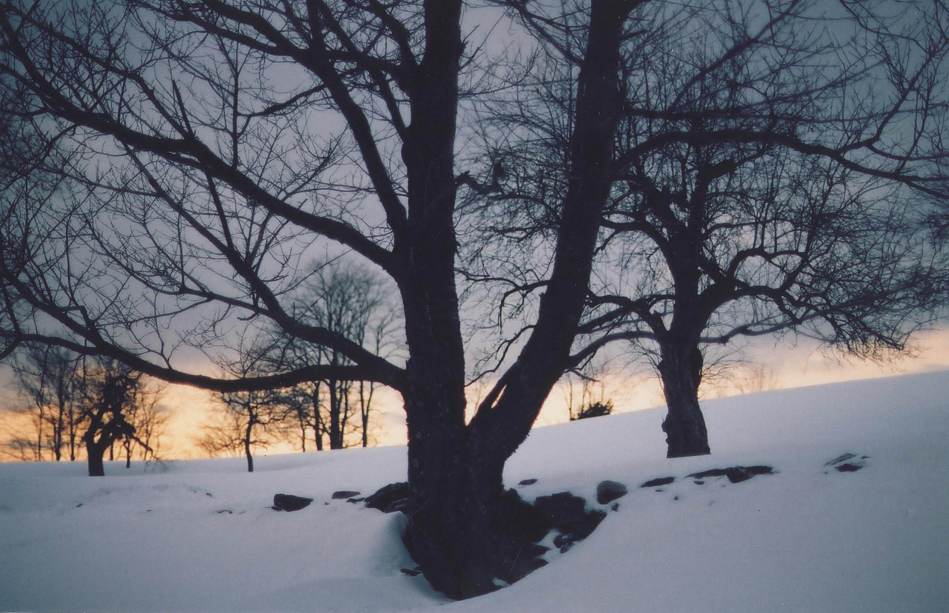
Every year what budded in autumn, blossoms full blown in winter– my love affair with trees. Trees that were drop-dead gorgeous in their fall colors are now bare, with the exception of evergreens and a few stray deciduous trees that refuse to relinquish their leaves. Now the trees are stripped down to their souls and their souls sing a siren song to the universe.
The tops of trees lift my spirit; brushlike they paint the sky the baby pinks and blues of mornings, and the majestic magentas and violets of day’s end. Each tree has its signature shape against the sky, like a fingerprint or a snowflake, similar yet each unique. Some treetops in their bare state are shaped like a fancy coiffure; others look like wrought iron filigree. On distant mountains, against the snowy ground, some look like stubble on an old man’s unshaven face.
It is the colorful winter sky showing through, and showing off, the bare branches that woo me. The bare curvaceous branches are stark, dark lines against the bright of day and the inky sky of night. These resplendent creatures are living lines that explode. Branches tangle like the lines in a Jackson Pollock painting. Others curve in the sensuous lines of a Brancusi sculpture. Buxom tree trunks stand strong surrounded by their dead blossoms and their burgeoning offspring like a Renaissance Madonna. In truth these trees are not like art at all. Rather art imitates them– their beauty provides the timeless inspiration for artists, writers and poets of all ages and styles.
Trees not only inspire, they themselves are paragons of diversity. One look out of a car window while driving on the Taconic and one can see squat pines alongside towering majestic firs, birches interspersed with maple and oak. And together the different brown and tan barks interspersed with evergreens create not only a mosaic of contrasting colors, but display an example to inspire humans to live together in peaceful unity.
These beneficent beings carry the heavy, dark grey clouds of winter. When it snows the tree trunks become canvases for the abstract patterns of windblown-snow, while the serpentine branches are outlined in white. In ice storms their branches become chandeliers, each enveloped in glassine ice, tinkling in the wind. While in the melancholy of a winter rain, the branches become oiled skins of snakes weeping to the ground below. And finally, in the night sky, the branches hold the stars in their arms, those with leaves holding them in their hands, as they nurse the moon.
All trees, no matter what their species, age or height, stand tall in proud humility, their arms reaching up to the Heavens to our Creator in prayer– soft-spoken beings of peace and tranquility towering over us, while the little creatures race around distractedly below.
A Growing Movement on WordPress

(Click to enlarge)
My blog started out as a mental health blog because I am Bipolar. I started it to showcase my book on Amazon, “Eye-locks and Other Fearsome Things.” But I found little interest in mental health subjects and the blog soon morphed into a forum for my nature columns, photographs and paintings, recording the beauty of nature, trying to best describe and display God’s creation. Recently I have found that there are those who have used this platform to set themselves up as self-proclaimed experts, putting down others’ religious leanings and telling readers what they should do with their lives and what they should believe. In all fairness, everyone is entitled to say whatever on this platform although I don’t appreciate pornography which occasionally appears. Most bloggers have been tremendously responsive and I thank my many followers for their prayers during my husband’s surgery in whatever religion they subscribe to and their following. I thank them wholeheartedly and will not forget them. But recently I find posts putting down the religious practices of others. These comments and blog posts seem judgemental and possibly intolerant. Someone actually wrote all meditation is self-hypnosis, arguing against the many religions that use this in their practices, saying to follow his guidance. This sort of arrogance is astounding to me, and seems unduly prejudiced specifically against Hinduism. Another blogger told me to go out and heal the world… never mind that I no longer believe in the healing power of some alternative medical practices, have a major mental illness and am a recluse due to limited mobility. I had always thought WordPress to be a generous forum but apparently the growing conservativism across the planet has meant it is now okay to tell people what to do and how to live. I think in times of such utterly dreadful conflict and anger between peoples around the world, and in the spirit of the holiday season, we should refrain from such divisive comments. So to my 1, 120 followers, I am not following WordPress for awhile. I am really disheartened by these developments on this platform. I may visit to look at the posts I follow… or not. But I will think long and hard about posting again.
May you all be blessed this holiday season!

The Height Of November and Giving Thanks
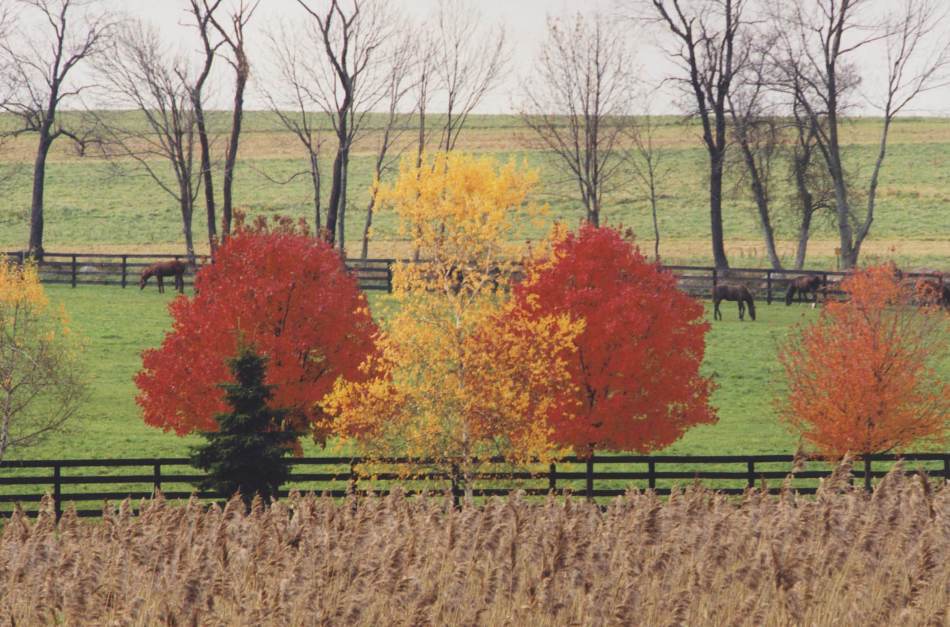
(Click to enlarge)
A chill wind blows the yellowing leaves off the trees. They drift down to the ground like giant snowflakes. The air is pregnant with the feel of the coming holidays. Fall has truly come with the sudden drop in temperatures, a full 20 degrees cooler than a week ago. This is the real Fall, no mealy-mouthed disguised Fall, but a Fall that will guide us into winter appropriately. November appears as a mirror image of March. November is the vibrant color of decay while March is the decaying color of about-to-burst-forth Spring.
The birds are at the bird feeder all the time now. They are not stopped by our presence when we come to fill the feeder or blow leaves under it. Nothing stops them. They swoop around the feeder and the surrounding trees like Kamikaze pilots, darting here and there recklessly. The squirrels are in a frenzy as well, stock piling and burying acorns and walnuts which they will retrieve without fail in a month or so in a snow-covered land.
The trees are most beautiful for me at this time of year, when many of them are bare and a scattering of leaves remain on dark brown branches. The leaves that remain on the trees blow on the limbs with dainty grace in their precarious positions. Yet these are the survivors. The other leaves have fallen and gone the way all living things eventually go. Most trees have lost all their leaves and they stand in stark contrast against the blue sky, the stormy sky, even the night sky. They are perhaps most beautiful at night, like arms reaching up to the darkness trying to grab at the stars twinkling between the branches. Moonlight dances on their limbs.
November is the last glimmer of color and in some places the color seems to be predominantly yellow. A carpet of yellow lines the woods now. And now one can see inside the woods, so dark and impenetrable in summer. Some forests have carpets of oak leaves– dark brown tan in color. Or there are forest paths with variegated colors– vibrant crimsons against yellows and faded greens and tawny tans. The unmown lawns are now taken over by the spiders and, at moments, one can see a world of webs covering fields that only appear in a certain slant of sunlight. It is the silent take over of the spiders before the snows come.
The yellow, the brown, the crimson leaves are complemented by the ubiquitous yellow, brown and crimson mums that appear on the roadside near mail boxes, on porches or along driveways. These tough little flowers withstand frosty chills and stand tall throughout most of November. Hearty souls and so giving in their colorful, velvety splendor.
The Halloween pumpkins begin to sag a bit or shine with wetness as if encased in glass. They will soon be tossed, pine combs and wreathes and fir swags will take their places, and the season of lights will begin. Like a child I am filled with anticipation of what is to come although all the spiritual guides teach us to live in the moment. I try to live in the moment all Autumn for as a season it seems the fastest to come and go. I try to hold each moment in my hands as a treasure but they all sift through my fingers like grains of sand. Then Christmas comes and fades in a flash and we are into the Nor’Easter blizzards of January. Another year is gone. The years do go faster as you grow older. Every one has their favorite theory why this is so. I think it is “to-do” lists. They rob us of time as we run around like Kamikaze birds or frenzied squirrels to check things off. And our reliance on calendars. We turn to mark things in our appointment books months ahead of time effortlessly flipping through the seasons with a flick of the wrist. It is no wonder time flies. We are in August and planning Christmas. I am fighting this in November with half the Fall gone: “Stop! Stop!” I try in vain to wish time would stand still so we could be in forever Thanksgiving/Christmas. But, being human, we would soon tire of that. It is good we are defenseless against time.
We go about living our lives, trying against our natures to treasure the good moments. Now in November, at Thanksgiving, it is our time to say thank you. Inspired by the Native Americans let us thank the earth. Let us say thank you to the trees for their constantly changing beauty, to the stars for their piercing presence in the night sky, to the leaves for their inspiring colors, to the sun for its life-giving power, to the Spring for its awakening hope, to the Summer for its warm, thriving growth, to the Fall for its bounty, to the Winter for a time of renewal, to the snow flakes for their hushed, white silence that transforms our world, to the animals for their pure souls, to our families and friends for their love, and, lastly but mostly, to the Higher Power of our belief.
Happy Thanksgiving and may you each be blessed with the all embracing, pervasive Love in nature.
And They All Fall Down… and Become Just a Memory… Too Fast… the Scintillating Colors of Fall…

(Click to enlarge all photos)


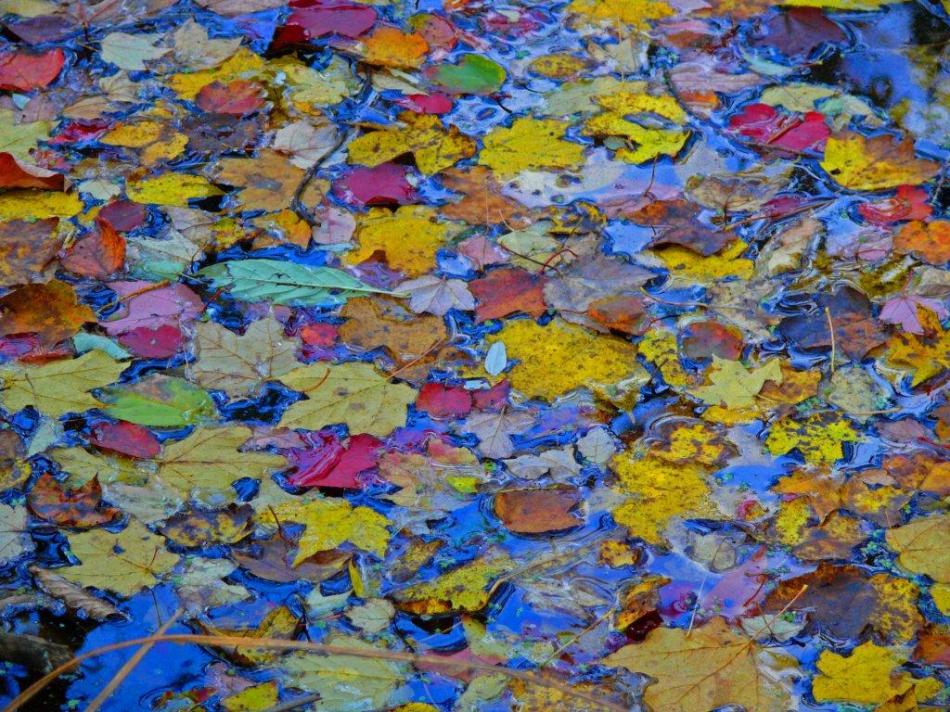
When the Walnut Leaves Begin to Fall
(Open to full screen) (39 seconds long)
Labor Day weekend, a weekend I look forward to all summer long for the love of Fall, is here. It is not good to be this way. Religious leaders preach living in the present… for that is all we have. Another lesson to learn. This year for some reason I am feeling melancholic about the summer ending. Perhaps because it is a perfect day. A breeze shimmers through what I call the penny tree for when the wind blows the leaves look like so many pennies shimmering down from Heaven. The sun is so hot it tingles on the skin– yet it is not the strong sun of July that burns quickly. The angle of the sun in its diurnal slant is different. Summer is definitely slipping away.
The bees, wasps and yellow jackets are having a heyday in the goldenrod, Joe Pye Weed and Purple Loosestrife. The marsh is thick with flying insects going this way and that. My eyes capture swallowtails. Happily the monarchs are still here. A turkey vulture circles overhead. Some carrion must be nearby. Earlier we saw two golden hawks fly sunlit into the back field. A wisp of a cloud floats by in an otherwise perfectly blue sky. This summer has flown by in the blink of an eye like a fritillary flits by the flowers in the marsh.
The smell of fresh cut lawn is intoxicating to my raw senses. Soon the grass will cease to grow and the lush green will look washed out. All of its inhabitants in the metropolis beneath our feet will dig deep underground or turn off their bodily systems to overwinter– an amazing concept to a mammal. Some fill their bodies with a type of antifreeze. Nature never ceases to astound. This summer I have made my peace with the insects. Terrified of them as a child, I have come to love and respect them, indeed hold them in awe for the feats they accomplish. Our accomplishments pale as humans, supposedly so superior.
No longer do I see turtles sunning on rocks or snakes coming out to bask in the heat of the road. Some species of birds have left already– unbeknownst to me. I just know that some I used to see are gone and the bird song of the spring mating season is a fleeting memory. One lone humming bird flies around the marsh intermittently, causing excitement upon spotting him.
It is the time to dead head the flowers of summer. It is the time of Black-Eyed Susans and Peonies and Sebum. And soon it will be the time of the Mums.
With each gust of wind yellow finger-like walnut leaves shower down on our heads– like large yellow snowflakes– a foretaste of snowfalls to come. The sun’s shadows grow long as twilight is near. Soon the white cloud lions and tigers and bears will retire into the black cave of night. And the summer will die and in dying, give birth to fall. The comfortable rhythm of the changing season beats in our sometimes unhearing hearts.
Spring Green Intensifying

(Click to enlarge)
Welcome to samples of my work in various art forms showcasing “Eye-locks and Other Fearsome Things.” “Eye-locks” is a Bipolar/Asperger’s memoir in narrative form that describes the triumph of love over mental illness.
Dedicated with Gratitude to Didi of Didi’s Art Design
Didi, A selection of my favorite photos of upstate New York State and Delhi and other places in India to thank you for your time and effort and wishes and prayers… Love, Ellen
(Click on images to enlarge)



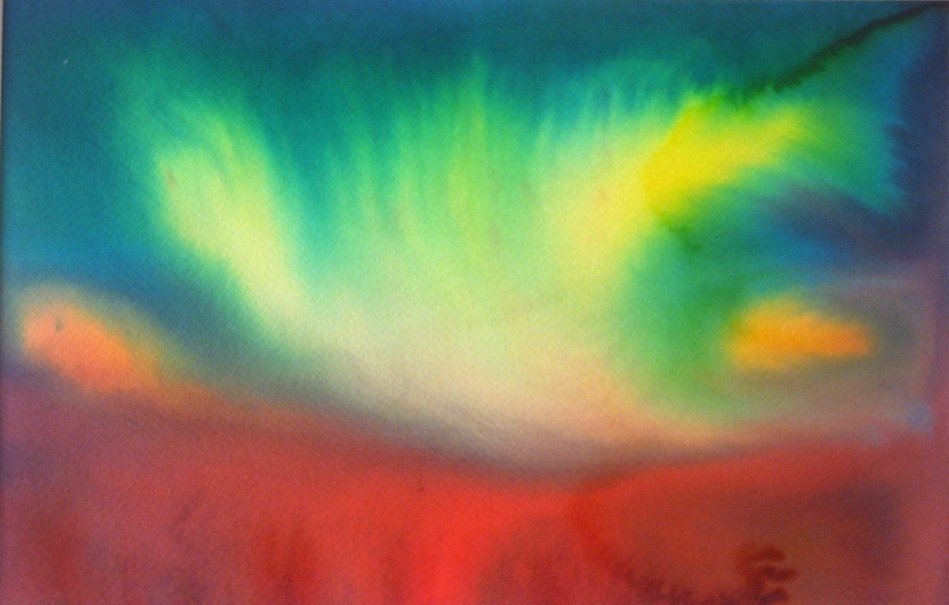




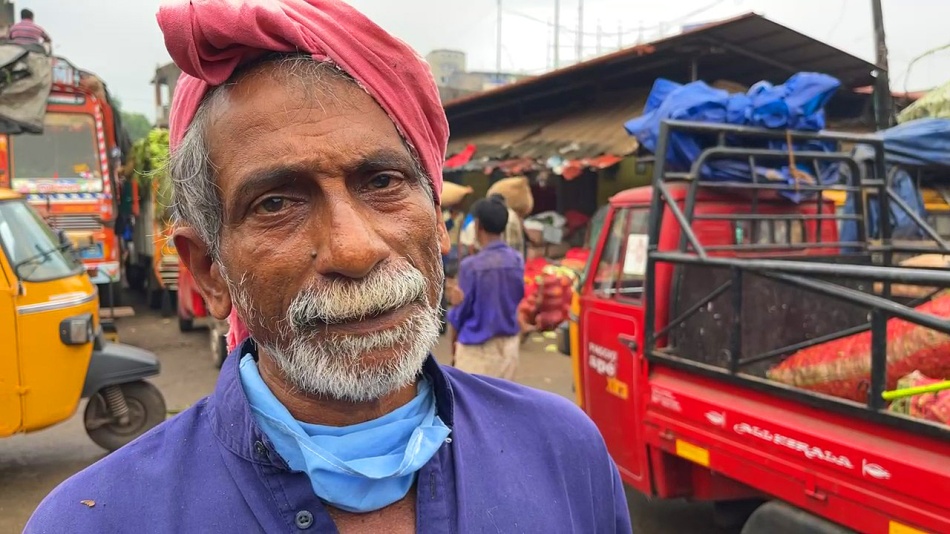



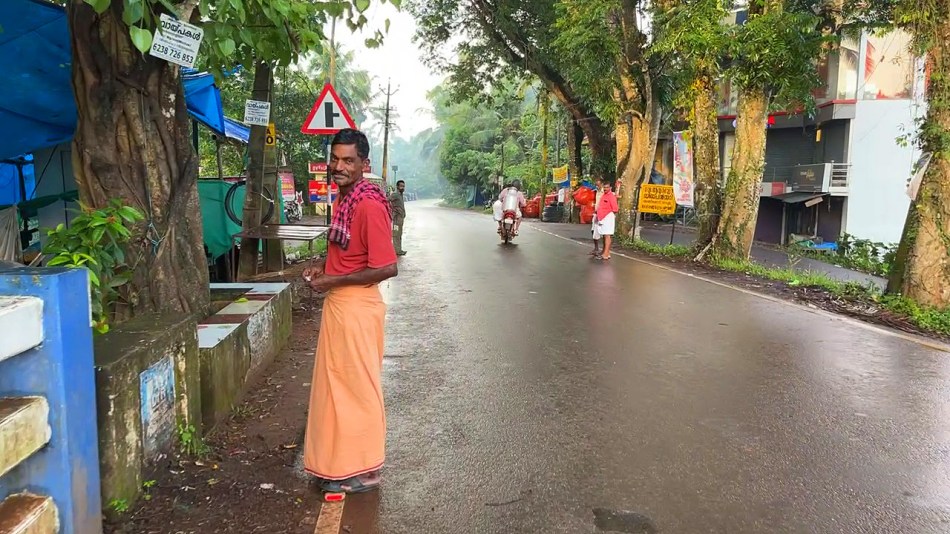
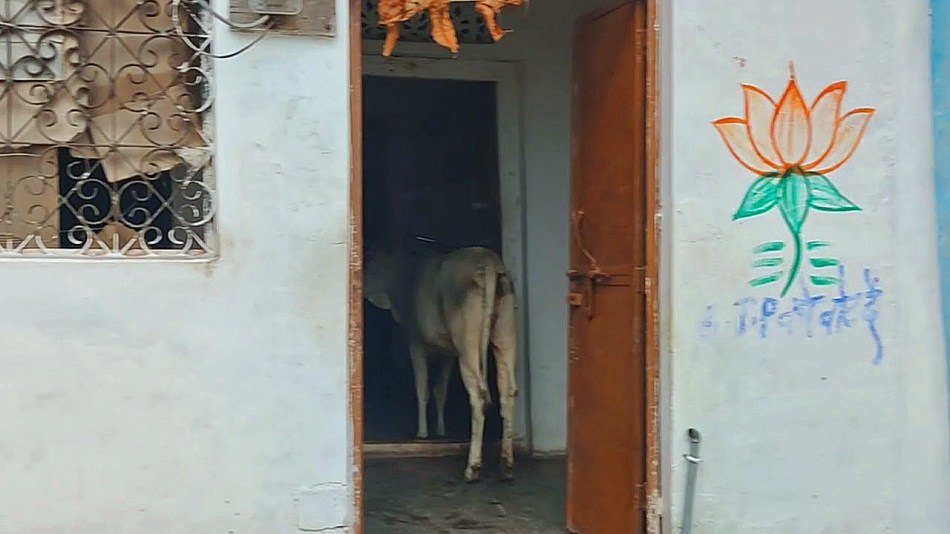

Winter Doldrums

(Click to enlarge)
It is frigid outside and has been for a few days now. It is frigid in many parts of the country. The holidays have come and gone. Now begins the nitty gritty of hard winter work. I find myself listless and not wanting to go out or exercise or paint or take pictures or do much of anything I usually love to do. I have a cold but that does not excuse this lassitude and when I go to my favorite deli, I find that Terry is in the same mood. “I was ready to go home the moment I came in,” she said. And I wondered. My husband was dour and I was sour. What is this? Could it be some vestigial remnants of human hibernation? Maybe we should hibernate for awhile each winter. We binge on food and drink over the holidays. Perhaps we should be sleeping off the extra pounds.
I who love winter and live for Fall each summer find myself longing to hear the music of the spring peepers. It is months away– well, about a month and a half away. They are the first harbingers of new life for me. Terry, who also loves winter, tells me today she is sick of winter. Perhaps it is this string of Arctic air and grey days and icy road conditions. Perhaps it is the human condition to always be dissatisfied with something or other.
I miss the squirrels. It has been so cold they seem to be laying low in their nests. Judging from the tracks in the back yard the only animals on the move are the deer. And as much as I love the silence of winter, I find myself longing for the sweet dulcet music of birdsong at mating season in spring.
We bought this calendar that has a celestial map of the sky for each month so you can find the constellations in the night sky. But it has been too overcast or too cold or too something. We have yet to go out with flashlights and match the map with the canopy of stars. But I am still humbled in a dazzled psyche over the view of the stars through the stripped down trees that we see out our window from bed every night.
Then again maybe it is laziness. Too many sugar highs in December have led to a deep low in February. And with a tease of spring one day in which the temperature reached almost 50 degrees maybe we were let down even further. Not liking being unproductive I think I can overcome this– but maybe the thing is to go with the flow and allow a period of inactivity, let the land lay fallow, so that an increase in productivity may eventually result.
Maybe the thing to do is not to panic. Spring will come. Hopefully, if man has not destroyed all the vernal pools, the spring peepers will return and, if pesticides have not destroyed all the birds, sweet mating songs will be sung and bees and other insects will buzz. And if the weather turns more clement, our spirits will once again soar and we will be busy buzzing with the business of living.
(Click to enlarge)
JOY * PEACE * LOVE
(Click to enlarge)
Welcome to samples of my writing and art work showcasing “Eye-locks and Other Fearsome Things.” “Eye-locks” is a Bipolar/Asperger’s memoir in narrative form that describes the triumph of love over mental illness.
The Edge of Winter
(Click to enlarge)
It is an overcast day. Brightly colored birds stand out like jewels in the greyness. The winter birds– jays and cardinals, juncos, black-capped chickadees, white-breasted nuthatches and downy woodpeckers flock to the bird feeder and it has to be filled up almost every day. The red berries on the bushes are nearly all gone and the feeder is becoming a matter of survival. On our walks we see empty nests held in the bare arms of winter trees. An empty robin’s nest is filled with snow– the hatchlings and the mother long gone to fairer climes. The trees are stripped down to their souls. With ice storms they become tinkling chandeliers. In the rain the few remaining dead leaves drip icy tear drops.
Occasionally a dove visits the feeder. The chipmunk, who gathered scattered seeds under the feeder all fall, is not to be seen. He must be in torpor in his den. According to Bernd Heinrich in: The Winter World: the Ingenuity of Animal Survival, the eastern chipmunk builds a twelve foot storage system with a nest chamber some three feet down and a tunnel system which includes a food storage chamber. Heinrich says chipmunks go in and out of torpor. He reasons that they would not gather food if they were to be in torpor all winter long. We will probably not see our chipmunk for the rest of the winter for, in his stuporous state, he would be easy prey. However he can be roused to eat and venture outdoors if need be, especially in March when there still may be snow on the ground but mating season begins.
The grey squirrels are busy clearing snow from branches as they run along tree limbs. On the ground they dig through the snow for the walnuts we watched them bury in the ground with their noses this fall. They do not need to hibernate for they have food stores which they built up in the autumn and leafy, well-insulated nests. The red squirrels survive winter by putting on a thick, insulating fur.
The back yard is a maze of tunnels. We think they are deer mouse tunnels as many have tunneled their way into our house. But they must get by the feral cat who sometimes waits out a snow storm under our deck. In the woods, the occasional deer waits out the same storm under a squat fir tree. The tracks in the snow tell the story of how they weathered a Nor’Easter.
Beneath the tracks in the snow, in the frozen leaf litter, the insect world is dormant. Some hibernate. Others fill their bodies with antifreeze, glycerol, to stay alive. Heinrich talks about woolly bears hibernating but they are also capable of freezing solid and surviving, coming to life again as they thaw in the spring. The pupae, however, don’t survive being frozen.
In Winter: an Ecological Handbook, authors, James C. Halfpenny, Elizabeth Besiot and Roy Douglas Ozonne, tell us that the reptiles and amphibians pick out a “microclimate for hibernation that does not freeze” for their winter, such as the “bottoms of ponds, streams, or deep in the ground.”
Our stream flows out back in the marsh under ice and snow and one can see the elongated bubbles of running water. In the pond next door the turtles lay beneath the ice in their hibernacula. At the end of the book, The Year of the Turtle, David M. Carroll, the naturalist, author and artist, has his watercolor of a spotted turtle hibernating. This picture is hypnotic and in its spell, I think of all the animals hibernating beneath our feet in lugubrious gloom. It reminds me of the penguins in the film, The March of the Penguins, in the dead of an Antarctic winter, huddled together for warmth in the harsh, strong winds and snow, taking turns being on the outside of the huddle. Winter can be magnificent in its transformations yet tragic in its harshness: hibernating animals who freeze to death and deer starving to death in the snow among the victims of its violence.
Carroll’s drawing shows the turtle all alone, withdrawn into its shell under less than two feet of water lodged firmly in the mud under ice under snow in a sunny winter’s day, a far better clime than the penguin’s– and yet it evokes a certain sadness for this little creature all alone beneath the snow, in a torpid state. The turtle is missing out on a sunny day, sleeping a deep sleep in a “half year of stillness.”
Carroll’s writing is sheer poetry as he describes the turtle’s hibernation: “Mounting layers of snow silently cover the ice. Night after night in the harshest depth of winter, as Orion and the Pleiades burn distant and brilliant in the black sky and strong winds howl off the mountain to the northwest, the turtles rest beneath the ice. With the life in them nearly suspended, reduced to its most tenuous hold, all but extinct in the vast, inhospitable regime that reaches above them to the limits of the universe, they lie within their shells, waiting for the earth to make its required turnings and return them to the sun that will awaken them to another season.”
I think of the turtles below, along with all the other beautiful creatures. I wish them a kind sleep from which they will safely stir with the life force surging through their veins as the sun brings them to the fullness of life again. The death of some, and the half life of so many, proffers the poignancy of winter.

(Click to enlarge)
Welcome to samples of my writing and art work showcasing “Eye-locks and Other Fearsome Things.” “Eye-locks” is a Bipolar/Asperger’s memoir in narrative form that describes the triumph of love over mental illness.
The Trees of Late Fall & the Promise of Winter
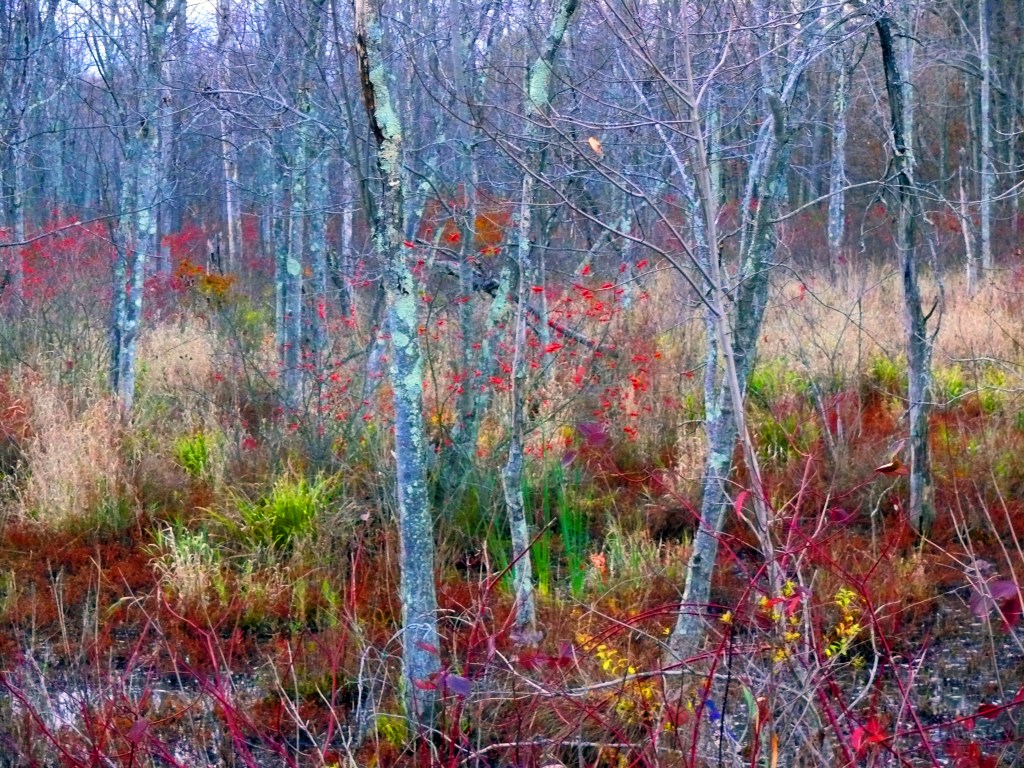
(Click to enlarge)
Bontecou Lake Swamp, Millbrook, New York
Every year what budded in autumn blossoms full blown in the weeks before official winter– my love affair with trees. Trees that were drop-dead gorgeous in their fall colors are now bare, with the exception of evergreens and a few stray deciduous trees that refuse to relinquish their leaves. Now the trees are stripped down to their souls and their souls sing a siren song to the universe.
The tops of trees lift my spirit; brushlike they paint the sky the baby pinks and blues of mornings, and the majestic magentas and violets of day’s end. Each tree has its signature shape against the sky, like a fingerprint or a snowflake, similar yet each unique. Some treetops in their bare state are shaped like a fancy coiffure; others look like wrought iron filigree. On distant mountains, against the snowy ground, some look like stubble on an old man’s unshaven face.
It is the cold, colorful pre-winter sky showing through, and showing off, the bare branches that woos me. The bare curvaceous branches are stark, dark lines against the bright of day and the inky sky of night. These resplendent creatures are living lines that explode. Branches tangle like the lines in a Jackson Pollock painting. Others curve in the sensuous lines of a Brancusi sculpture. Buxom tree trunks stand strong surrounded by their colorful, dead blossoms amid the ground cover and their burgeoning berries, the offspring of a Renaissance Madonna. In truth these trees are not like art at all. Rather art imitates them– their beauty provides the timeless inspiration for artists, writers and poets of all ages and styles.
Trees not only inspire, they themselves are paragons of diversity. One look out of a car window while driving on the Taconic and one can see squat pines alongside towering majestic firs, birches interspersed with maple and oak. And together the different brown and tan barks interspersed with evergreens create not only a mosaic of contrasting colors, but display an example to inspire humans to live together in peaceful unity.
These beneficent beings carry the heavy, dark grey clouds of winter. When it snows the tree trunks become canvases for the abstract patterns of windblown-snow, while the serpentine branches are outlined in white. In ice storms their branches become chandeliers, each enveloped in glassine ice. While in the melancholy of a winter rain, the branches become oiled skins of snakes weeping to the ground below. And finally, in the night sky, the branches hold the stars in their arms, those with leaves holding them in their hands, as they nurse the moon.
All trees, no matter what their species, age or height, stand tall in proud humility, their arms reaching up to the Heavens to our Creator in prayer– soft-spoken beings of peace and tranquility towering over us, while we wee, little creatures race around distractedly below.
(Click to enlarge)
Hammond Road, Millbrook, NY
Realism and Abstraction no.2

(Click to enlarge)

(Click to enlarge)

(Click to enlarge)
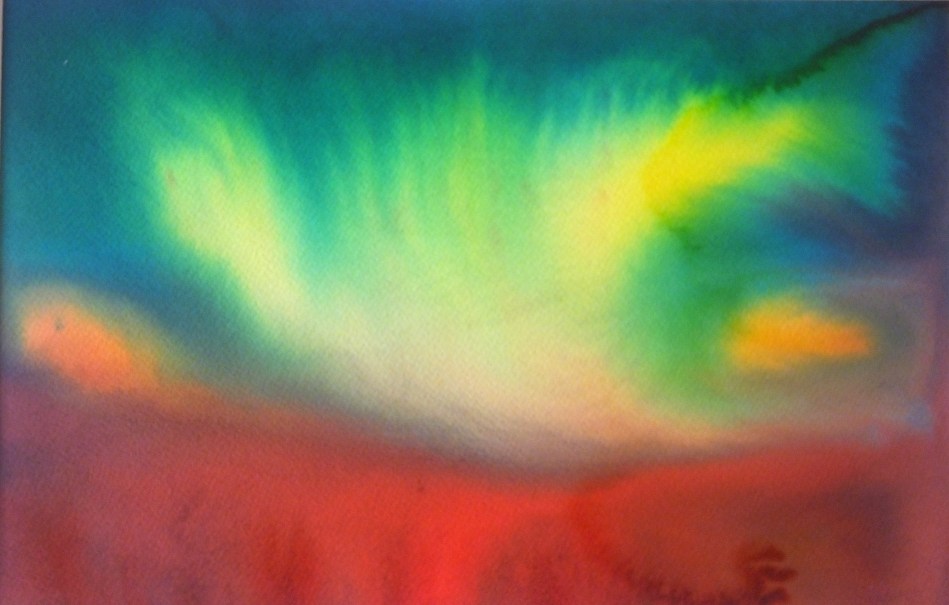
(Click to enlarge)
Electrified, Giggling Flowers, Talking Trees, and Thanksgiving
(Click to enlarge)
He wasn’t the only one who spoke of these things. I spent much time in grammar school at the house of my Polish friend whose mother was an artist. She told us about trees talking and, she used to say, talking to them made her feel happy. At the time I did not think much of it. But now, many years later, on walks, occasionally a tree will say something. Utter a benevolent greeting. And now, I find myself so in love with trees, I shoot portraits of them constantly, singly or in groups, with their “friends and relations.”
(Click to enlarge)
Any doubts I had about trees communicating were put to rest when I read in J.Gordon Douglas’s column in the now defunct Dutchess CountyRegister Herald, about how trees in an area communicate with one another in planning their reproduction strategies for the season or warning each other chemically about caterpillar infestations. Scientists are not sure how. Maybe through the roots.
Not only do plants have feelings, they can also generate energy. See the website by artist, Caleb Charland. He used apple trees to generate light. Perhaps one day we will use plants for alternative energy– just another amazing aspect to nature’s ways:
Of course, hearing them “talk” is a little different. However, Valerie Wormwood, one of the world’s leading aromatherapists, in her book entitled The Fragrant Heavens, tells us not only does the earth hum but it emits a low frequency radio signal known as the ‘Shumann resonance” and this signal can be detected coming off trees. She relays that researchers in America wanted to know if this signal could be altered by human thoughts or feelings. They had a group of people circle a tree and say Native American prayers, sending the tree love. They attached electrodes like those measuring human brain waves to the tree. A response not only registered but the sensors went off the scale. Clearly some form of communication went on, confirming my Polish friend’s mother’s belief and many others as well. When trees are cut down we are not only destroying the tree we are cutting down and giving it a terminal sentence as firewood or worse, but we are also upsetting all the trees around the “victim.” The surrounding trees must witness their friend and neighbor being chopped down. Do they feel outrage, fear, sadness?
(Click to enlarge)
We do know now that they feel something. Wormwood tell us that in 1966 Cleve Backster, a lie detector expert in New York, had a group of students go into a room with 2 plants next to each other on a table. One of the 6 students was chosen to “murder” one of the plants, hacking it to bits and then they all left the room. After the attack Backster attached the lie detector to the “survivor” and had the students enter the room again one by one. The sensors were quiet as the “innocent” students entered but when the “attacker” entered they started jumping “wildly.” I think of this as I weed the gardens in the summer. Sometimes we are forced to cut down a tree and we must pick vegetables to eat. And we have to weed the gardens. But perhaps it is in how we do it. If we can express gratitude and appreciation and maybe an apology. Or if we could ask permission perhaps, as the Native Americans do. When they take from the earth they give an offering as well.
The Native Americans had the real idea for giving thanks, for thanksgiving. It was not about stuffing oneself with sweet potatoes and gorging on gravy and turkey. They gave Thanksgiving to Spirit in the earth, in the trees, in the animals, for whatever they took. Flowers “giggle” and trees “talk”. If only we would be attuned enough to listen. Sentient beings surround us and we must follow the lead of the Native Americans at Thanksgiving and give thanks for what we take from the earth, and, of course, from the animal kingdom, and give back something in return. Even if it is only words, but words with heart behind them, words that understand the sacrifice made by sentient beings for us, words that capture the true spirit of Thanksgiving.

(Click to enlarge)
HAPPY THANKSGIVING TO THOSE WHO CELEBRATE THANKSGIVING AND HAPPY AUTUMN TO THOSE WHO DON’T!
Bontecou Lake in Autumn

Millbrook, New York
This landscape no longer exists. Cut down for hunters. 😢

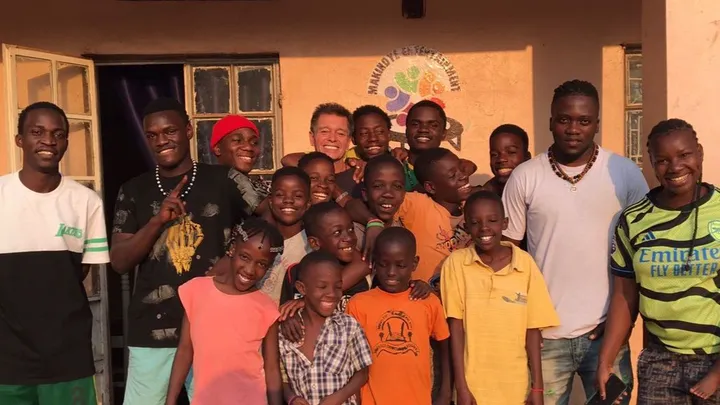




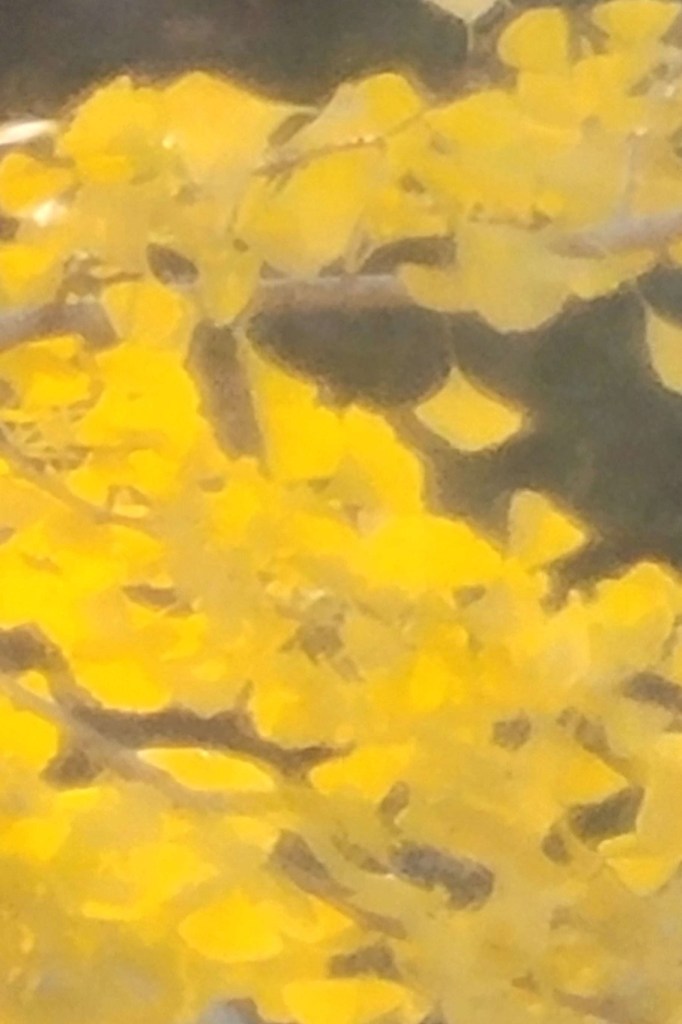




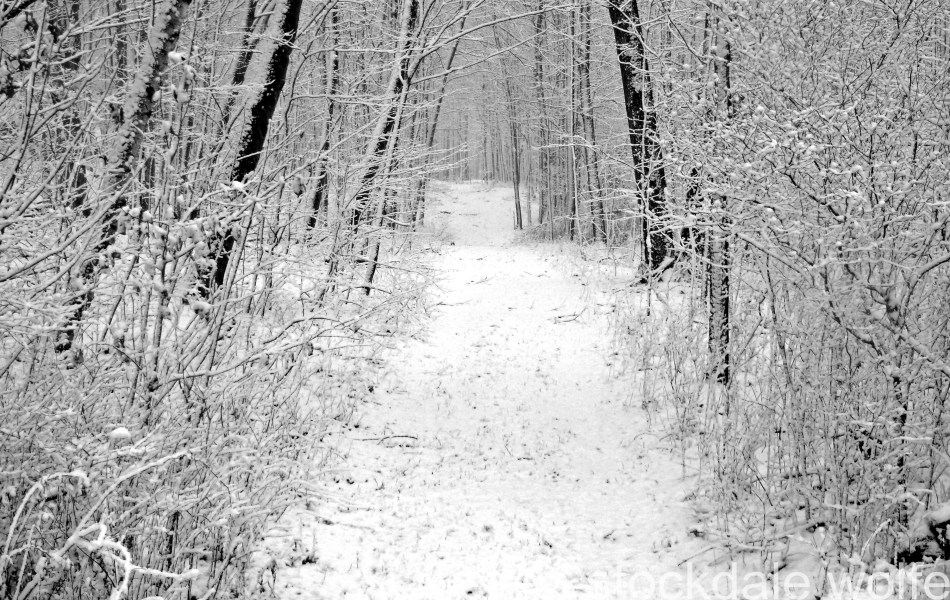


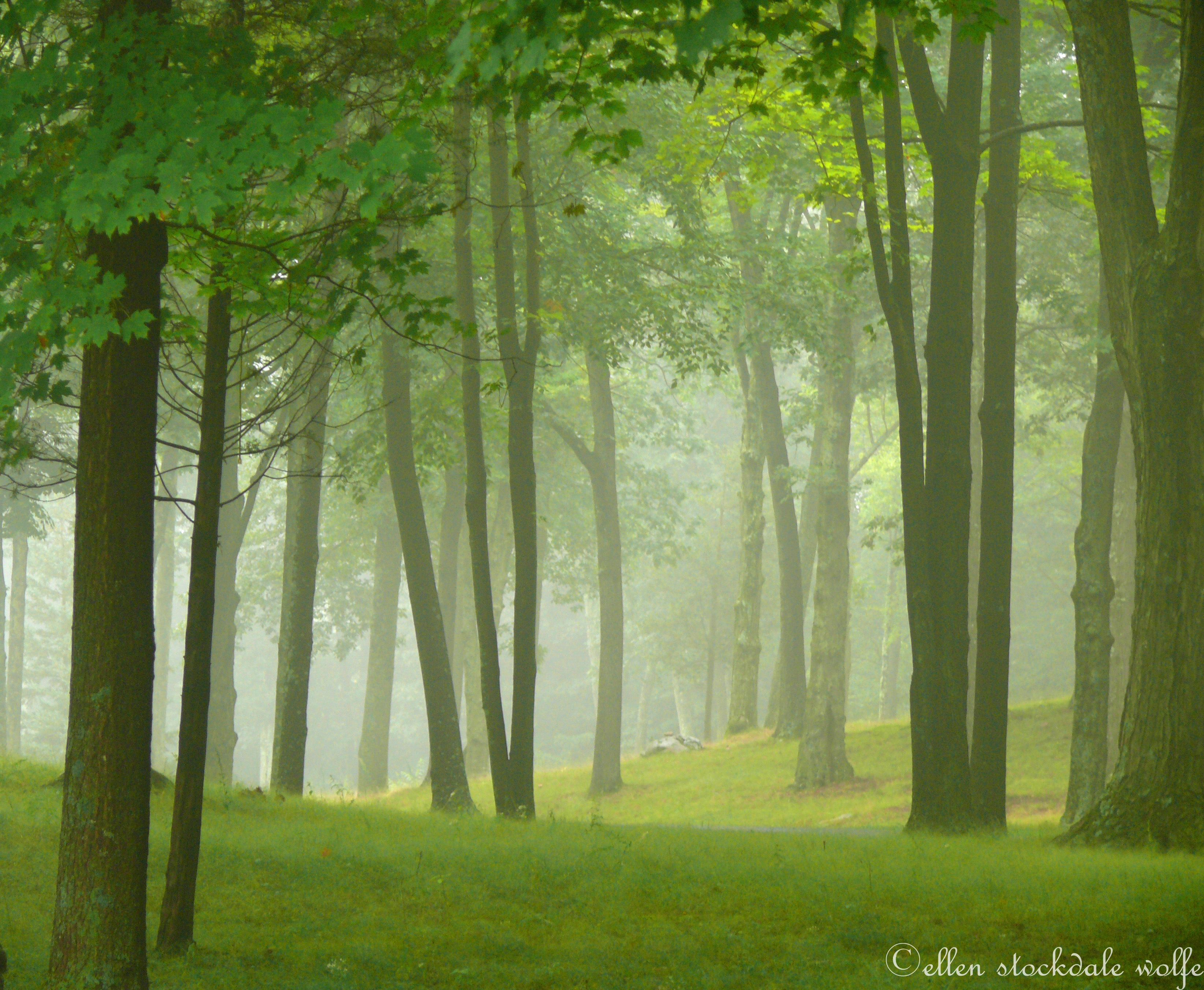
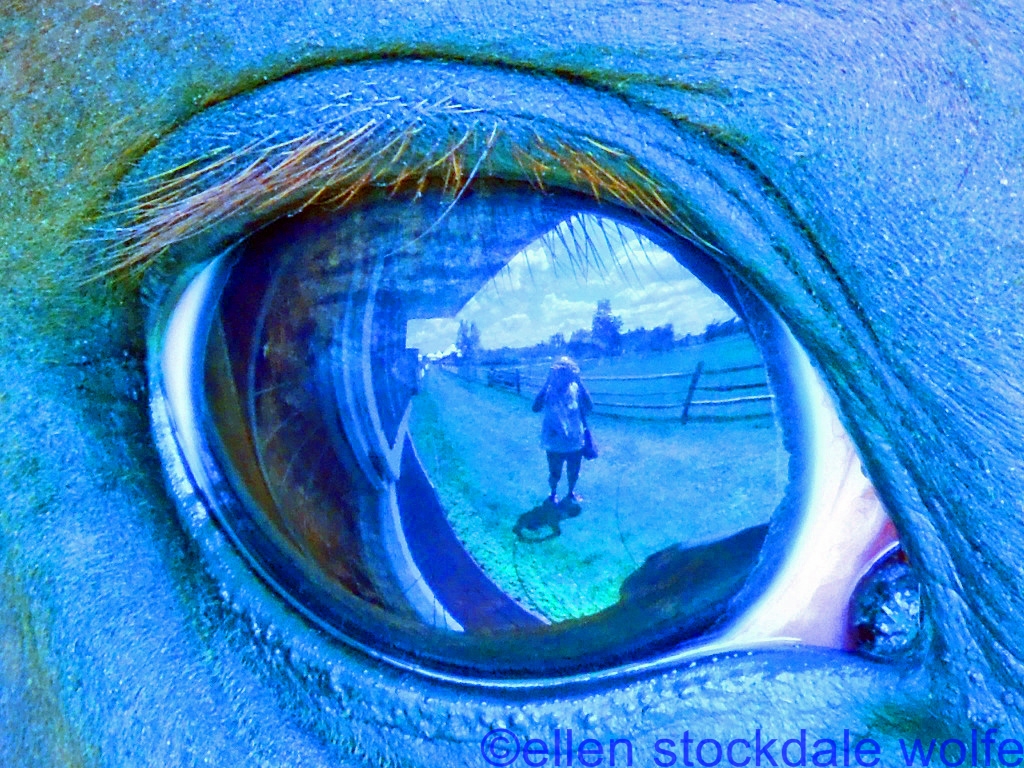

You must be logged in to post a comment.